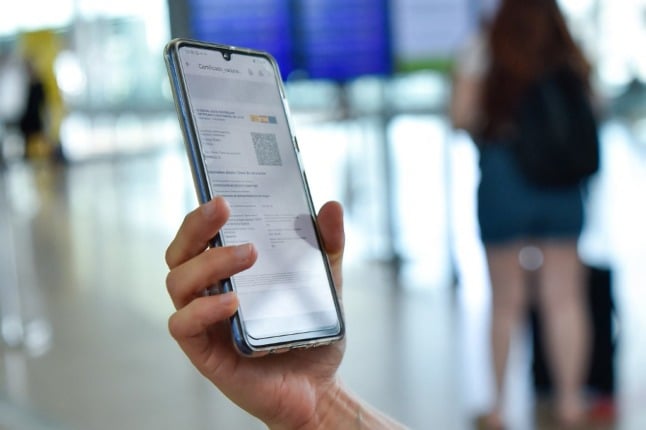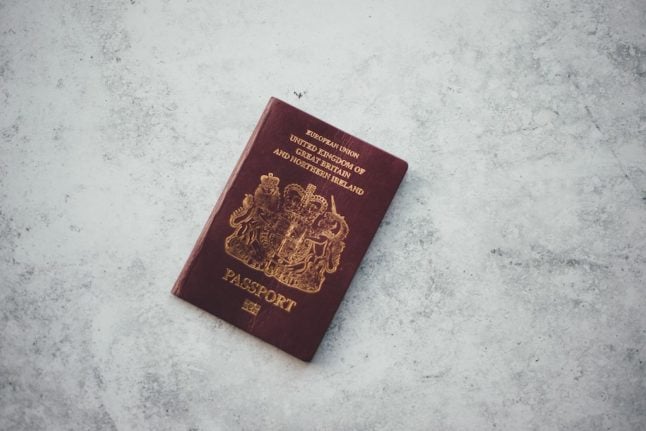“Starting from March 1st, for arrivals from all non-European countries, the same rules already established for European countries will be in force,” wrote Italian Health Minister Roberto Speranza on his Facebook page.
The change means arrivals from non-EU countries from February will no longer need to show both proof of vaccination or recent recovery plus a negative test result, as is currently the case.
It also appears to mean the removal of the requirement for unvaccinated passengers to quarantine for five days on arrival, and the lifting of restrictions on non-essential travel from ‘list E’ countries.
Speranza signed an ordinance on Tuesday night bringing the changes into law, according to Italian media reports, however the official text was not immediately available.
READ ALSO: How Italy has updated its Covid health pass rules for visitors
Speranza’s announcement came shortly after a recommendation on Tuesday from the EU council, made up of member states, that all countries “should lift the temporary restrictions on non-essential travel to the EU for people vaccinated with an EU or WHO approved vaccine, provided they have received the last dose of the primary vaccination cycle at least 14 days ago and no more than 270 days prior to arrival, or have received a booster dose.”
Separately to the requirements for travel, Italy has recently expanded the use of its domestic ‘green pass’ proving vaccination, testing or recovery.
Italy operates a two-tiered health certificate system, meaning proof of vaccination or recovery (not a negative test result) is currently needed for access to everything from hotels and restaurants to public transport under rules set to stay in force until at least March 31st.
READ ALSO: Where you now need to show a Covid green pass in Italy
Travellers from any other European member state can show their country’s version of the green pass, or health pass – which is recognised on par with Italy’s – to gain access to all venues where it is required.
Italy also recently announced special exceptions for some non-EU tourists meaning they may not have to show the same proof of vaccination as residents.
The Italian health ministry is set to review its other travel restrictions for arrivals by March 15th.
This article will be updated when more details become available.
For further details about Italy’s current Covid-19 rules for travellers please see the Italian health ministry website (available in English).
Find all the latest Italian travel news updates from The Local here.



 Please whitelist us to continue reading.
Please whitelist us to continue reading.
It is still not clear if travellers from UK will still need a negative antigen test within 24 hours of arrival. Can you please clarify. Thank you.